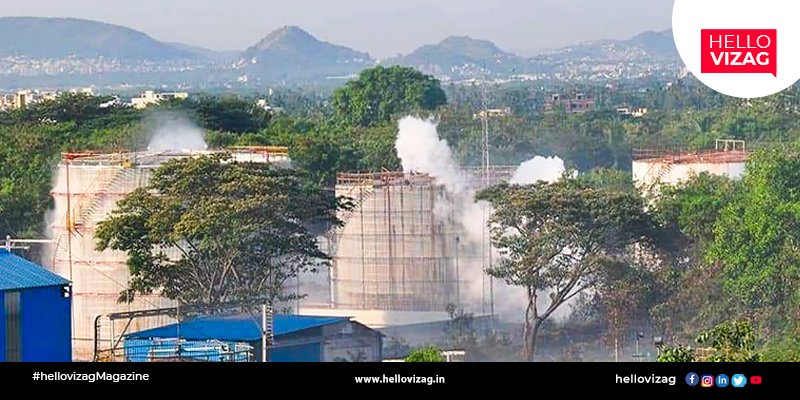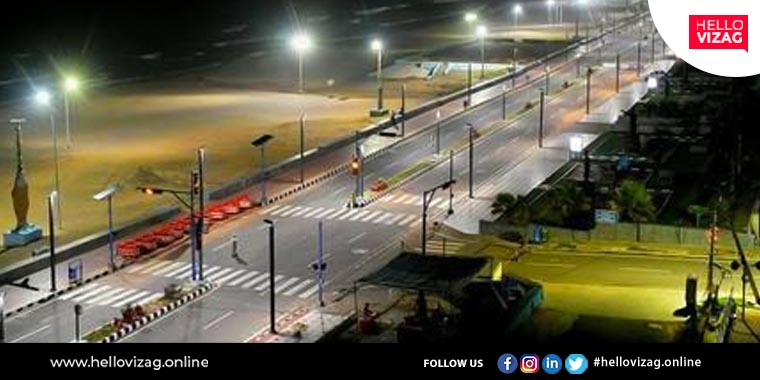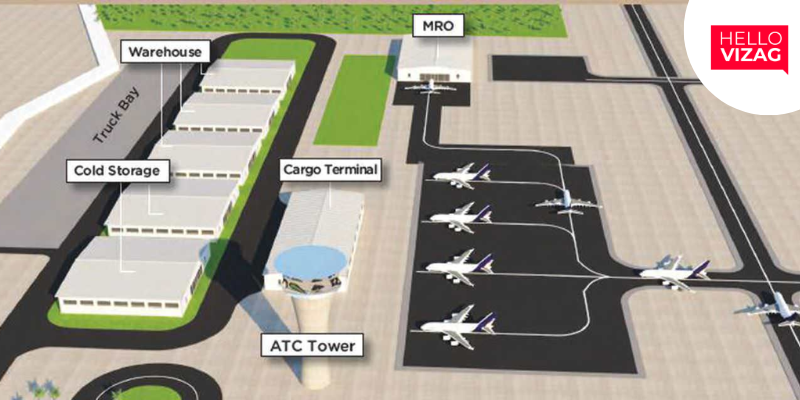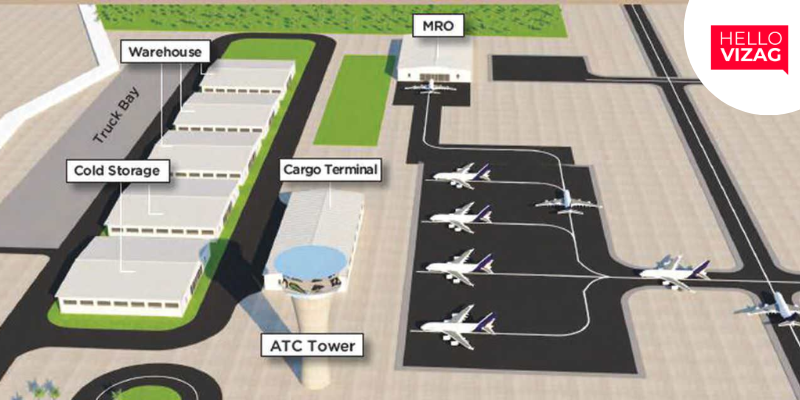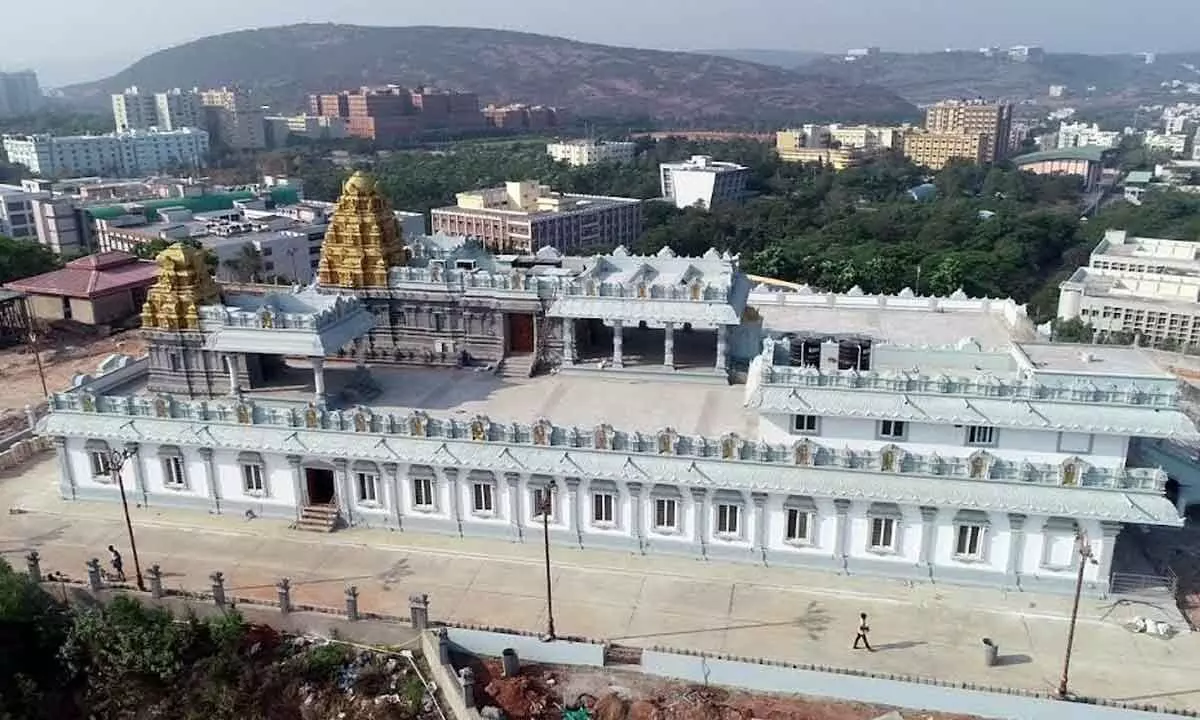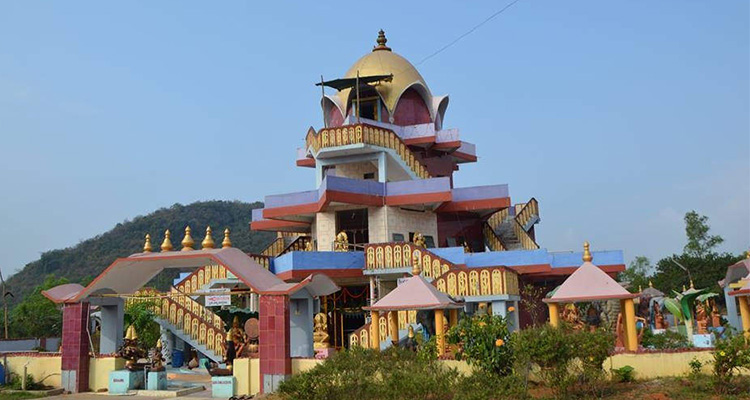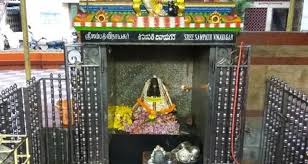Human Rights Forum raises concerns about the toxic gas leak at Brandix plant Visakhapatnam
The toxic gas leak at the Atchuthapuram Special Economic Zone (APSEZ) on 3 June 2022 shows the pathetic industrial safety culture in and around Visakhapatnam and Anakapalli districts. Authorities concerned have failed to ensure safe workplaces for employees and those residing around industrial establishments. What is of extreme disquiet is that even 24 hours after the incident, there is still no official clarification by authorities concerned about exactly where and how the leakage occurred.
Even the identity and nature of the toxic leakage remain unclear. There is a strong suspicion that the truth about Friday’s leakage is being sought to be obfuscated and suppressed. Medical and health facilities at the SEZ and various industrial units are deplorably inadequate. Friday’s leak resulted in about 200 women employees at the Brandix Apparel plant rushing out in panic after being exposed to toxic fumes. Many of them, including several pregnant women, experienced nausea and struggled for breath and had to wait hours before being provided medical treatment. They were treated at several clinics in Atchuthapuram, which were not equipped with the requisite equipment or medical personnel to handle such an eventuality of toxic exposure. They were then rushed to hospitals in Anakapalli and Visakhapatnam, where the situation was only marginally better.
Medical facilities for over 60,000 workers in industrial units in the area are grossly inadequate. Human Rights Forum (HRF) has again pointed out the precarious occupational safety and working conditions in industrial units and the need to put practical and concrete corrective measures in place.
Along with concerned citizens and environmental organisations, HRF has repeatedly raised several concerns, but they have remained unaddressed. It is a little over two years since lethal styrene vapours leaked out of LG Polymers in the city with horrific and fatal consequences. Yet, little seems to have been done to ensure better safety in industrial establishments.
The functioning of industries poses grave hazards within and outside plants, as is borne out by frequent accidents. These result from criminal negligence by promoters and serious lapses by regulatory and industrial safety bodies like the AP Pollution Control Board and the Factories Inspectorate. These regulatory bodies often try to underplay, minimise and even normalise criminality. They do not comply with inspection schedules and fail to carry out periodic and surprise inspections to detect lapses in safety and non-adherence to industry norms.
Primarily, these bodies lack the necessary competence to identify safety issues and enforce and process safety management. Like in the present case, they cannot investigate an accident and identify the source and causes of the leak. Their laxity in enforcement has emboldened the company responsible for the gas leak to the criminal offence of avoiding declaration of leakage and alerting workers and people about it. In some cases, compensation is handed out, but criminal liability has rarely been fixed, and patients followed up. This deterioration must be halted before more lives are endangered, and a calamity envelops this region once again.

 Team Hello Vizag
Team Hello Vizag
